Tariff War Hits 'Pause', Offering Respite to Chinese and American Auto Industries
![]() 05/13 2025
05/13 2025
![]() 472
472
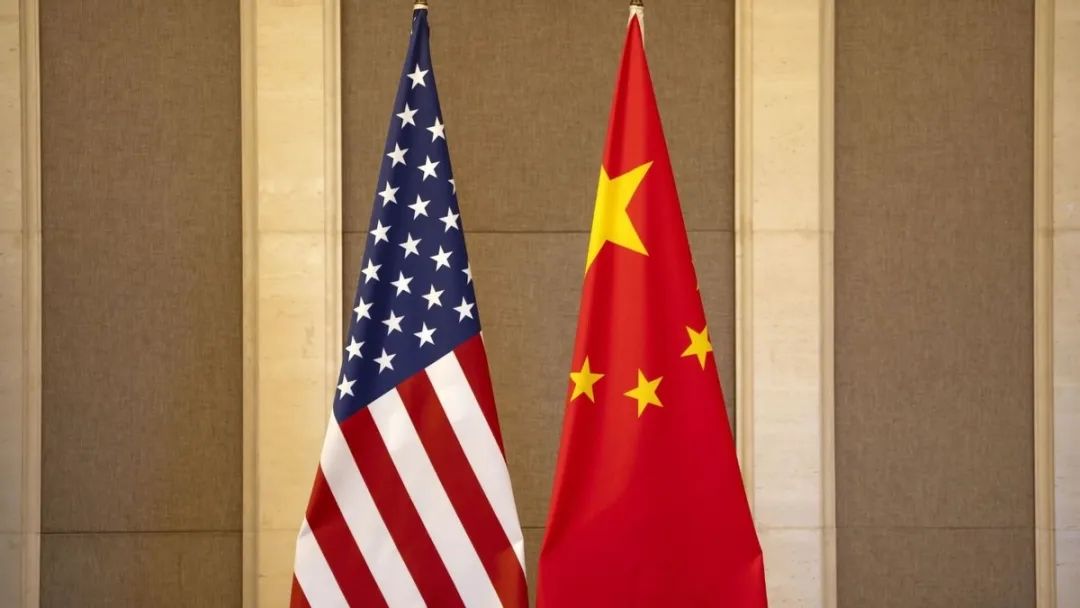
Introduction
In the era of globalization, those who initiate trade wars often face a myriad of "boomerangs".
Early yesterday morning, Beijing time, high-level economic and trade talks between China and the United States concluded in Geneva, Switzerland.
Many did not harbor high expectations for this meeting, given the US's lack of sincerity in reaching a stable and long-term economic and trade agreement with foreign governments since 2018. However, the progress of the negotiations so far suggests this meeting was an exception.
At the subsequent press conference, the Chinese delegation stated that in-depth exchanges on economic and trade issues of mutual concern had been conducted, and important consensuses had been reached. The talks were described as "frank, in-depth, constructive, and achieving substantive progress".
Subsequently, around 3:00 PM Beijing time yesterday afternoon, the "Joint Statement on the Sino-US Economic and Trade Talks in Geneva" was officially released.
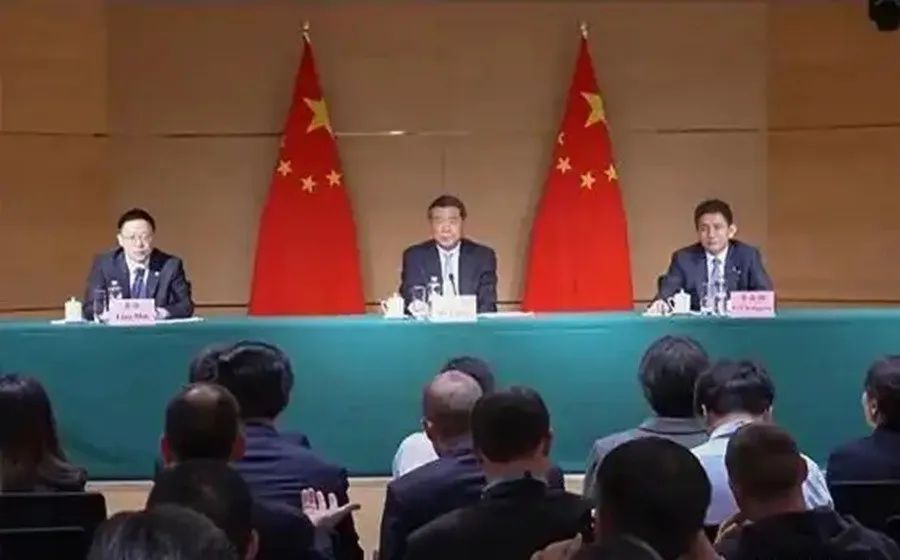
Image | Press conference scene after the meeting
Regarding the specific content of the joint statement, it will not be elaborated here. In terms of the outcome, both sides agreed to cancel the tariffs imposed and retaliated against after April 2 and adjust the tariffs imposed and retaliated against on April 2, mutually retaining a 10% tariff and suspending the remaining 24% tariff for a 90-day period for further negotiations.
If China's announcement of a 125% retaliatory tariff on April 11 and its statement of "ignoring" subsequent US number games are considered the confrontational phase of this global tariff crisis, then after a full month, the US was finally forced back to the negotiating table and was willing to jointly press the "pause" button. This can at least provide temporary relief to enterprises on both sides.
As a domestic senior automotive media, Gongshe usually focuses on topics related to the domestic and international automotive industries. However, as the automotive manufacturing industry involves the most categories, has the longest industrial chain, and the highest overall technical content among conventional manufacturing industries, it is almost impossible to avoid being affected by economic and trade frictions of this scale.

Image | The Lincoln Navigator, a large American SUV, has its unique charm, especially after the redesign with a through-type headlight and the provision of a 48-inch ultra-long "fish screen". However, the price exceeds RMB 2 million after adding the new tariff, making it uncompetitive in the market.
For the tariff pause, the happiest ones in China are undoubtedly auto importers. The previously high tariffs led to the business of imported Lincoln models, such as the Navigator and Aviator, almost coming to a standstill in the previous nearly one month. In particular, the high-end model of the new Navigator, after adding a 145% tariff, had a sales price exceeding the RMB 2 million mark.
As the Ministry of Commerce said on April 11: there is no market acceptance possibility.
Similarly, for German luxury cars with production bases in North America, such as the X5M, X6M, X7, and new-generation X3M models produced by BMW Group at its Spartanburg plant in the United States, their import prices into China also rose with the retaliatory tariffs, directly leading to a stalemate in terminal sales. Some domestic dealers of the Mercedes-Benz GLS model produced in the United States were once forced to announce a "shortage of goods".
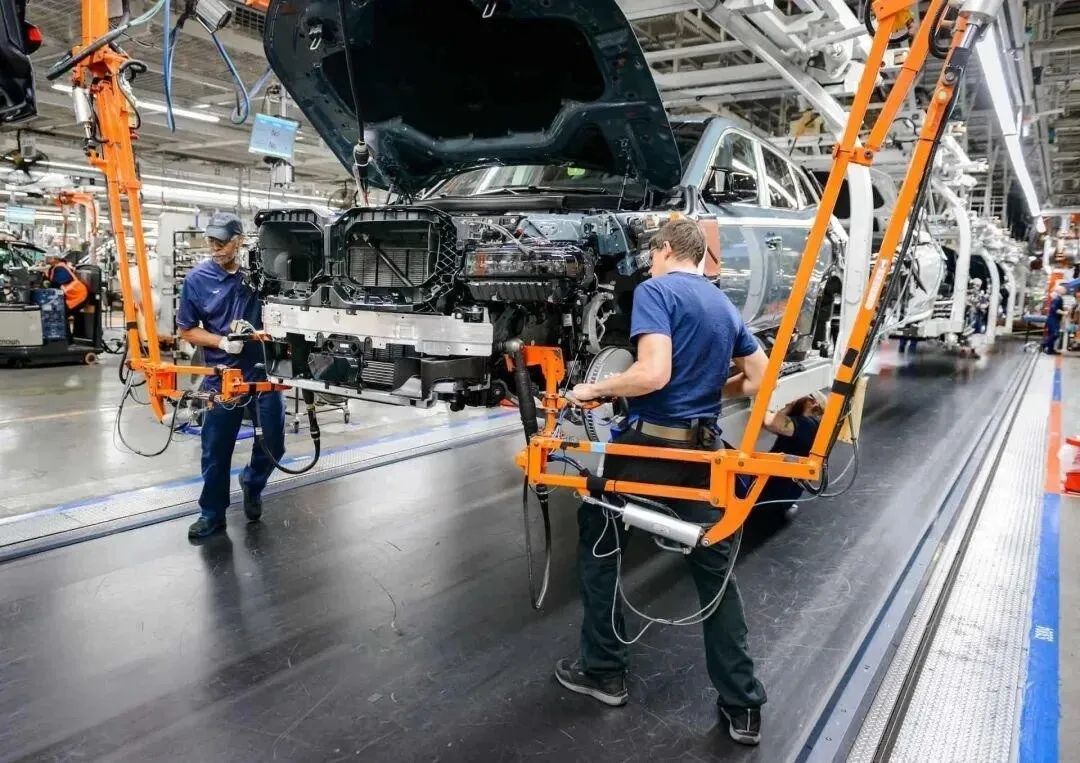
Image | The BMW XM series produced at the Spartanburg plant was also affected by this incident
Currently, the "pause" between the two sides has also brought some results to the entire automotive industry. Or rather, it is the final "wrap-up" summary of various structural changes driven by tariffs in the previous few years.
Some auto parts enterprises that were forced to relocate to Southeast Asia due to high tariffs are now reassessing their global layout. According to information I learned through private channels yesterday afternoon, within three hours of the release of the joint statement by both sides, parts suppliers located in Wuxi, Ningbo, and other places received new North American orders. At the same time, some companies have completely abandoned their originally conceived plans to invest and set up factories in Southeast Asia.
The risk of decoupling between China and the United States used to be the reason for these enterprises to try to relocate overseas to avoid tariff hits. However, with the farce of "reciprocal tariffs" and the strange operations of several Southeast Asian countries during the confrontation, the result that Trump was temporarily forced back to the negotiating table - relying on the country for stability is the conclusion drawn by any rational owner.
In fact, among the tide of enterprises forced to go overseas and fight in Southeast Asia after 2018, a considerable number of them did not achieve the basic demand of "doing business well". The locally average-quality labor force, scarce infrastructure, and various inefficiencies and corruption mean more uncontrollability for enterprises.
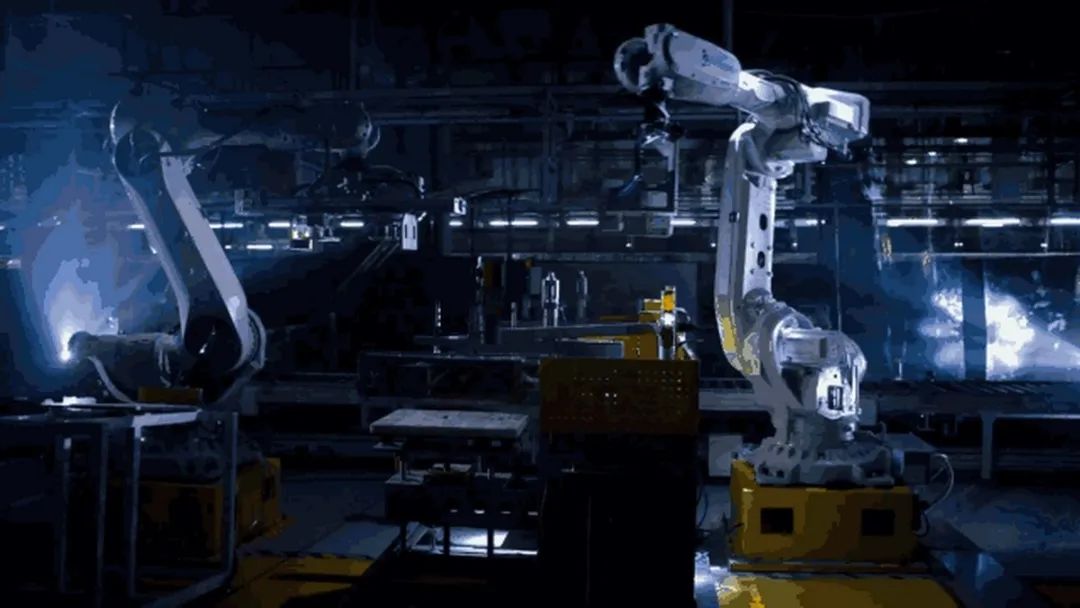
Image | The newly emerging fully automated "dark factory" in China - beyond the old and decayed official-business cognition of the United States, the core competitiveness of Chinese enterprises today is not the labor cost advantage of two or three decades ago. In fact, we are comprehensively ahead in the entire industrial chain and even automated manufacturing technology!
Moreover, with the continuous upgrading of domestic industries, a more efficient supply chain, coupled with cost reductions brought about by more intensive and intelligent production, can actually offset a considerable portion of tariff risks.
As an American automaker that has established a wholly-owned factory in China, Tesla is also one of the beneficiaries of this "pause". Because before this year, the Model 3 and Model Y models manufactured at the Shanghai Lingang Gigafactory, in addition to meeting local Chinese and Asia-Pacific market demand, were also used to allocate US market demand when necessary.
After all, at this production base in Shanghai, with the support of a supply chain almost entirely within China, production costs have always been the lowest among Tesla's four vehicle factories globally. It is far superior to the Fremont factory in California and the Austin Gigafactory in Texas, both located in the United States, and also better than the Berlin Gigafactory, where production has been repeatedly disrupted.
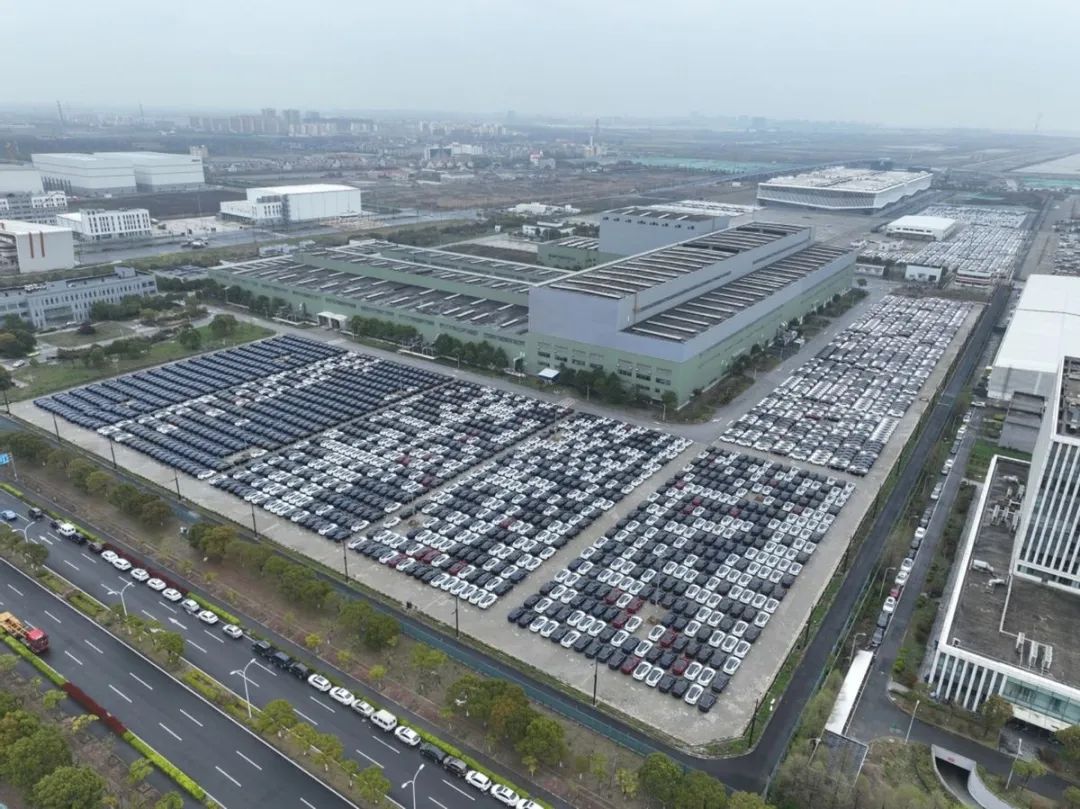
Image | The Tesla Shanghai Lingang Gigafactory has been busy since its launch
In fact, in addition to Tesla, there are also American joint venture automakers in China that have previously been impacted by incidents triggered by "reciprocal tariffs". The enterprise originally planned to introduce the same North American model produced in China for sale in the United States, and now this plan can finally be relaunched.
From the perspective of the supply chain, Ford's battery technology cooperation project with Contemporary Amperex Technology Co. Limited (CATL) has been reactivated. This cooperation project was originally shelved in September 2023 due to the concerted hype of US "performance art" officials such as then-Senator Rubio. After being restarted at the end of February this year, it fell into stagnation again due to the unexpected "tariff war".
This power battery factory located in Marshall, Michigan, USA, will be built in a way where Ford hires CATL to provide services. With a planned investment of USD 3.5 billion and an annual production capacity of 20 GWh, it is expected to provide 1,700 local jobs. Once completed, it will partially realize Ford's plan to build its power battery supply chain in the United States.
Both sides will seize the window period to restart the project as soon as possible. At the same time, with the reduction in tariffs, Ford will also resume engine exports to China, as well as popular models such as the F-150 Raptor, Mustang sports car, and Bronco SUV.
Of course, in the end, we must emphasize again that what can be achieved through this statement is only a "pause" of 90 days during this economic and trade friction. Both sides agreed to continue negotiations, but the outcome is not guaranteed.
In particular, through past experience, we must recognize the current US decision-makers' volatility and repetition.
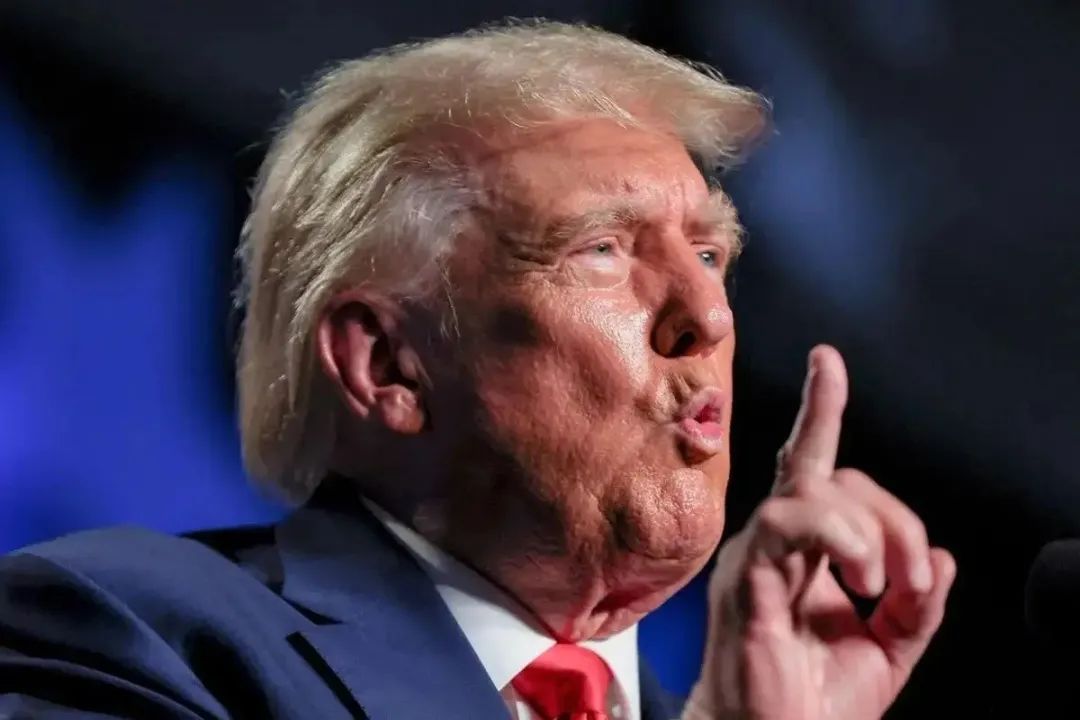
Image | Volatility is the main impression he leaves on the world. He can turn things upside down with a flip of his hand.
On May 14, 2018, China and the United States went through lengthy and repeated negotiations and reached a similar consensus. At that time, representatives of both sides also issued a joint statement announcing the suspension of mutual tariff increases and the resolution of differences through continued negotiations. However, within less than a month, the US violated the consensus and the spirit of the joint statement, unilaterally escalating tariffs, leading to the collapse of that round of negotiations.
The automotive industry is huge and complex, with supply chains spanning the globe and various overt and covert interest entanglements among enterprises. Once a trade war or economic and trade friction breaks out, Chinese and American automakers, as well as the entire supply chain and industrial system behind them, will be unavoidable. Therefore, whether it is Chinese automakers or American automakers, they are by no means happy with the previous situation. But since the US, or rather Trump, insists on engaging in such conflicts, Chinese enterprises will unite under the Chinese government to face all problems head-on.
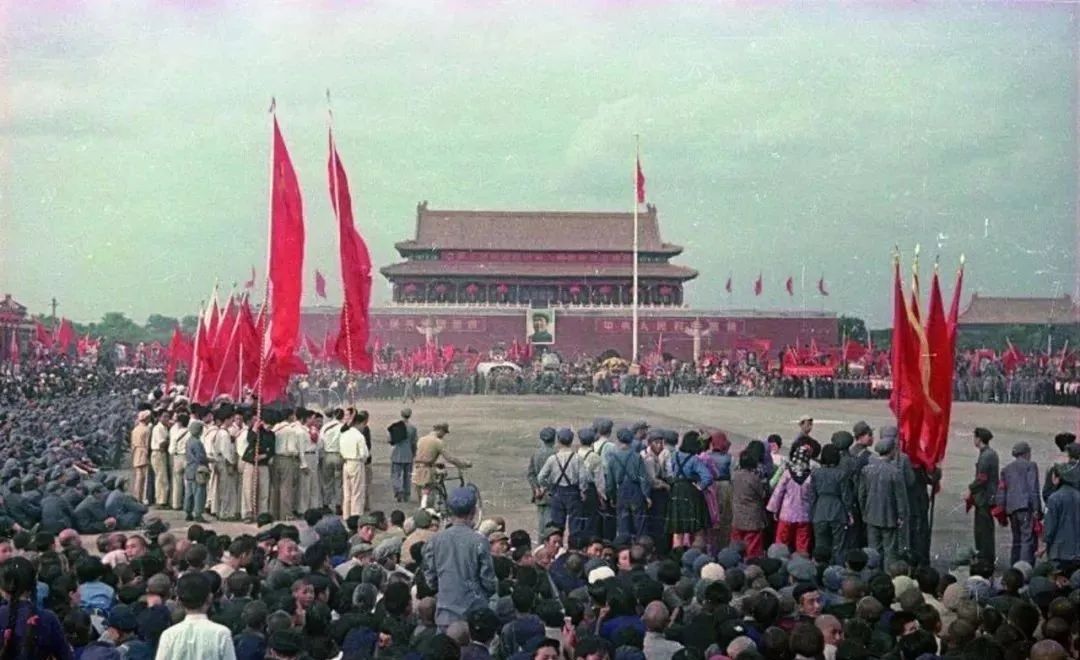
Image | Don't forget the history of the Republic in the past seventy-six years!
As the founder of this country summarized in his speech at the 24th meeting of the Central People's Government Commission on September 12, 1953, after the victory of the War to Resist US Aggression and Aid Korea:
"The imperialists are very arrogant and will always be unreasonable where they can be. If they are willing to be reasonable, it is only because they are forced to."
Editor-in-charge: Du Yuxin, Editor: He Zengrong








